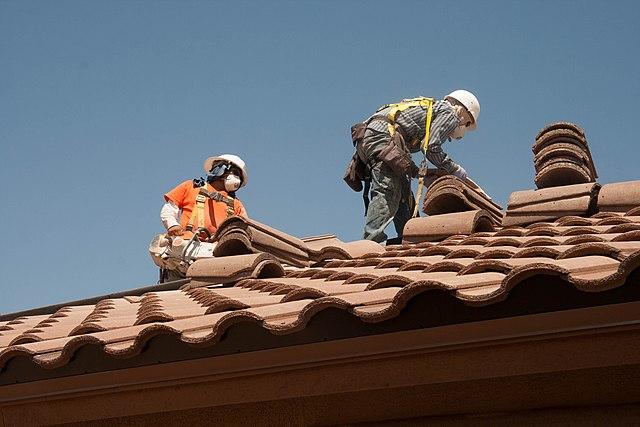When it comes to working on rooftops, roofing safety is paramount. Whether you’re a professional contractor or a DIY enthusiast, understanding the principles of safety on the roof can prevent accidents and save lives. This article explores the key practices and equipment needed to maintain a safe roofing environment.
The Importance of Proper Training
Lack of training is one of the leading causes of roofing accidents. Anyone who works on a roof should undergo comprehensive training. This includes understanding how to use safety harnesses, recognizing potential hazards, and knowing the local regulations that govern roofing work. Proper training can help workers identify risks and take necessary precautions to mitigate them.
Personal Protective Equipment
One of the cornerstones of roofing safety is the use of Personal Protective Equipment (PPE). Helmets, non-slip boots, gloves, and safety glasses are essential items that can provide protection from falls, cuts, and other potential injuries. Additionally, wearing high-visibility clothing can make workers more noticeable, reducing the risk of accidents.
Fall Protection Systems
Falls are a major concern in the roofing industry, accounting for numerous injuries and fatalities each year. Utilizing fall protection systems such as guardrails, safety nets, and harnesses is crucial. A well-maintained and properly used fall arrest system can be the difference between a serious injury and a close call. Evaluating the strength and stability of the roof before starting work is also essential.
Environmental Considerations
The environment plays a significant role in roofing safety. Weather conditions like rain, snow, and strong winds can make working on a roof extremely dangerous. It’s crucial to monitor weather forecasts and postpone roofing activities under adverse conditions. Additionally, understanding the structure of the roof, including any weak spots or areas prone to collapse, is an essential aspect of ensuring a safe working environment.
Read more about Commercial roofing basics here.
Safe Use of Tools and Equipment
Using the right tools and knowing how to handle them properly can significantly enhance roofing safety. Power tools should always be checked for defects before use, and ladders should be secured properly to prevent slipping. Keeping the working area tidy by organizing tools and materials can prevent tripping hazards.
Emergency Preparedness
Despite all precautions, emergencies can still occur. Having a well-thought-out emergency plan, including first-aid kits and quick access to medical help, is essential. All workers should be familiar with emergency procedures and know how to use emergency equipment.
By adhering to these crucial safety guidelines, risks can be minimized, ensuring a safer working environment for everyone involved. Remember, roofing safety not only protects workers but also enhances the overall quality and efficiency of the roofing project.






